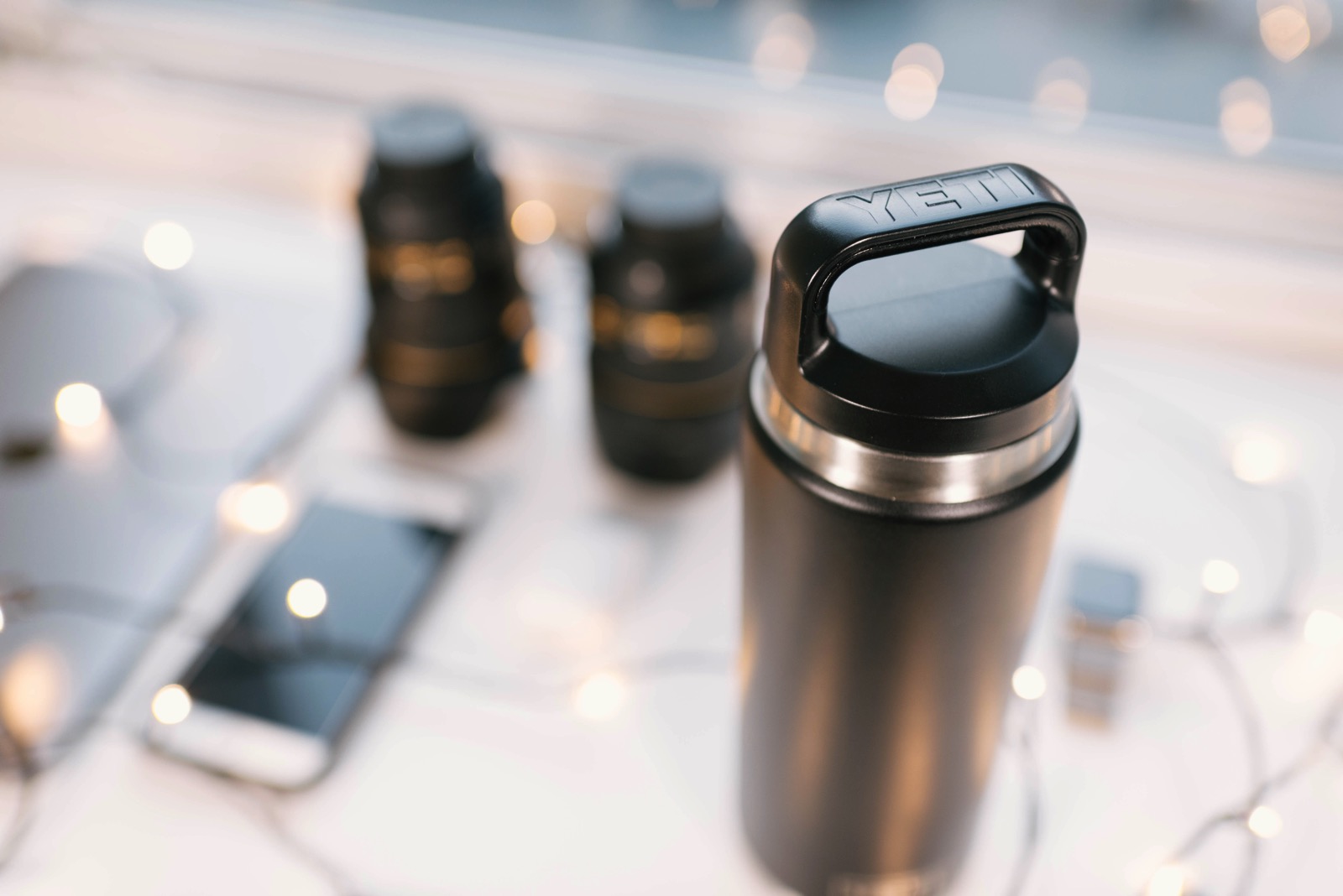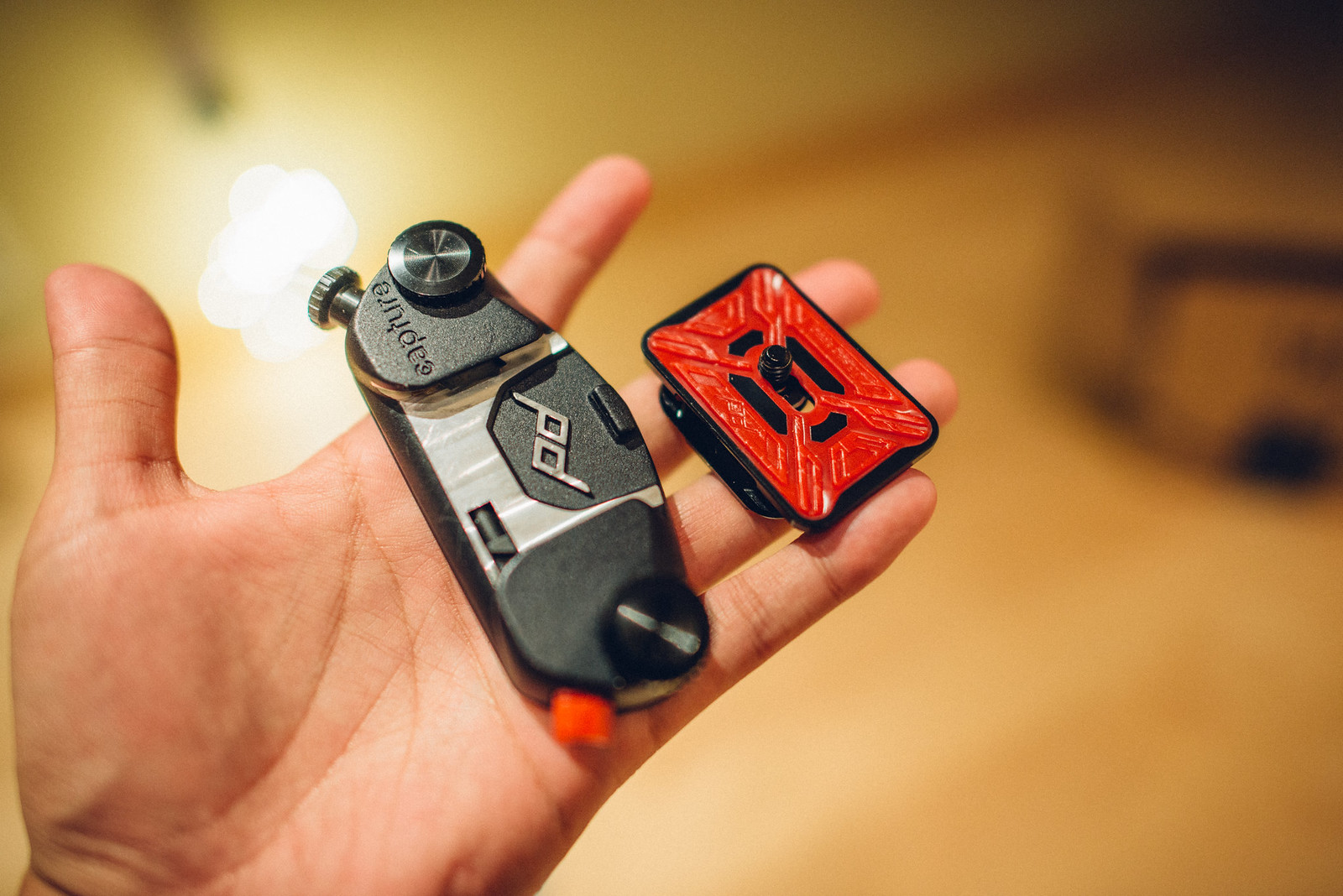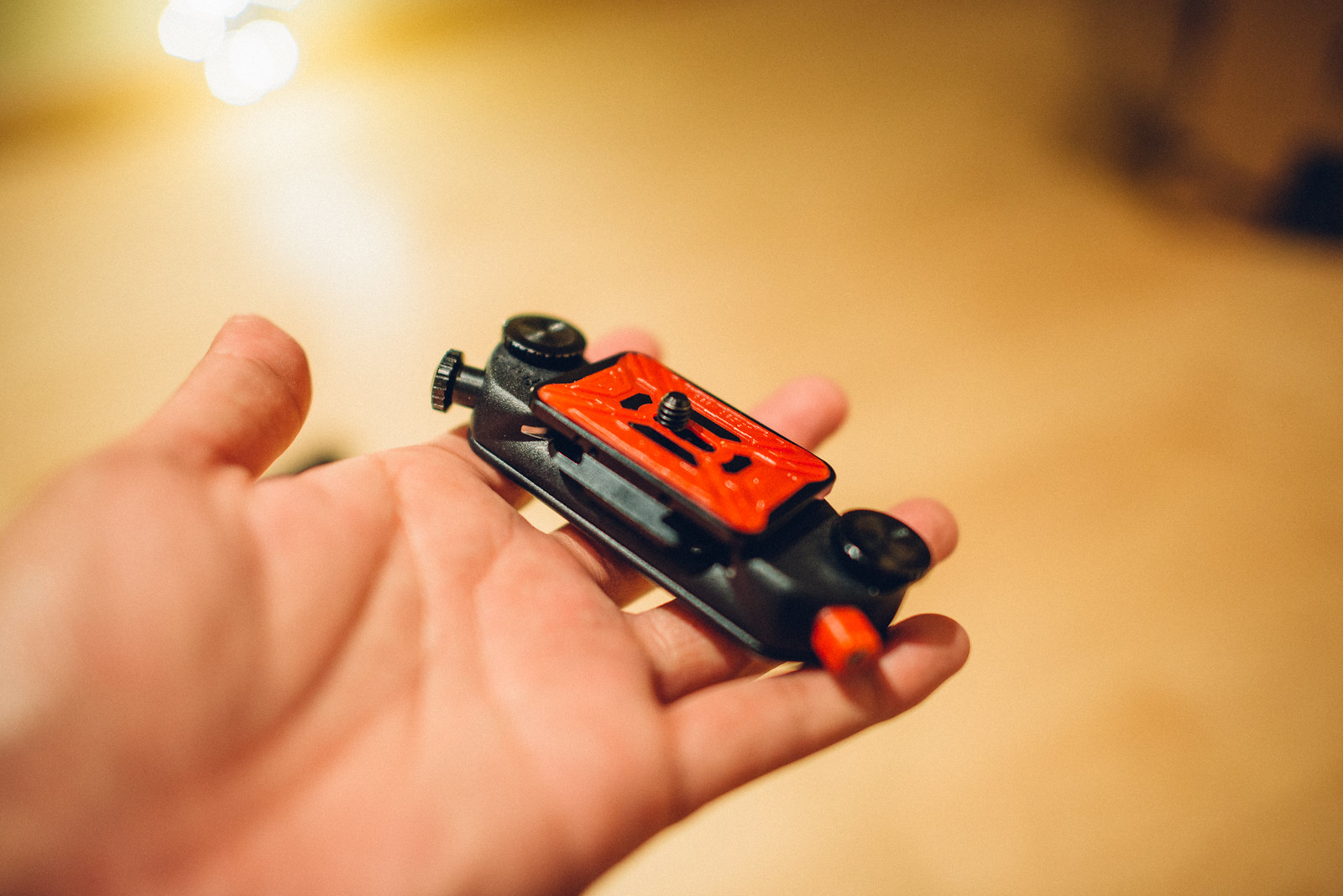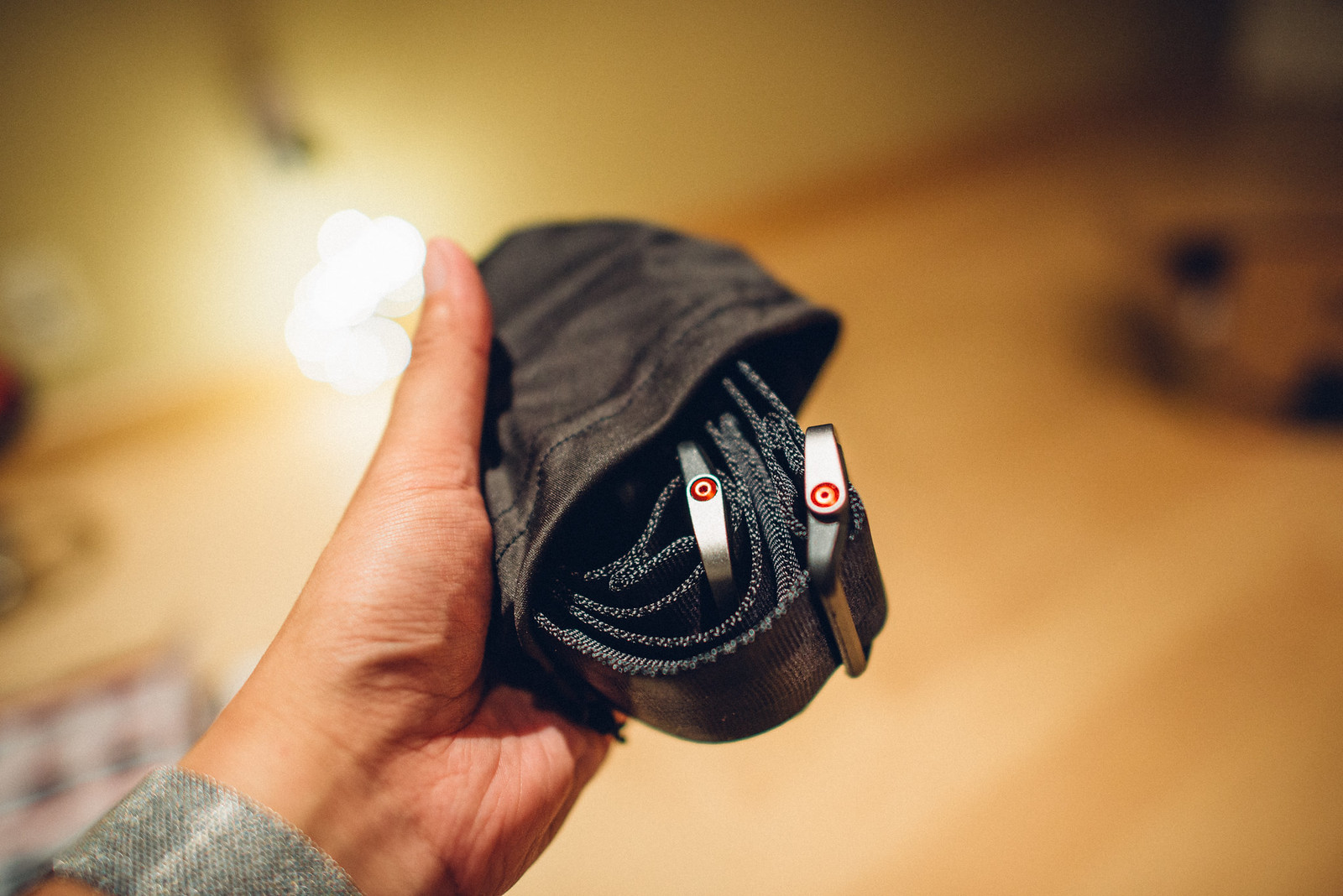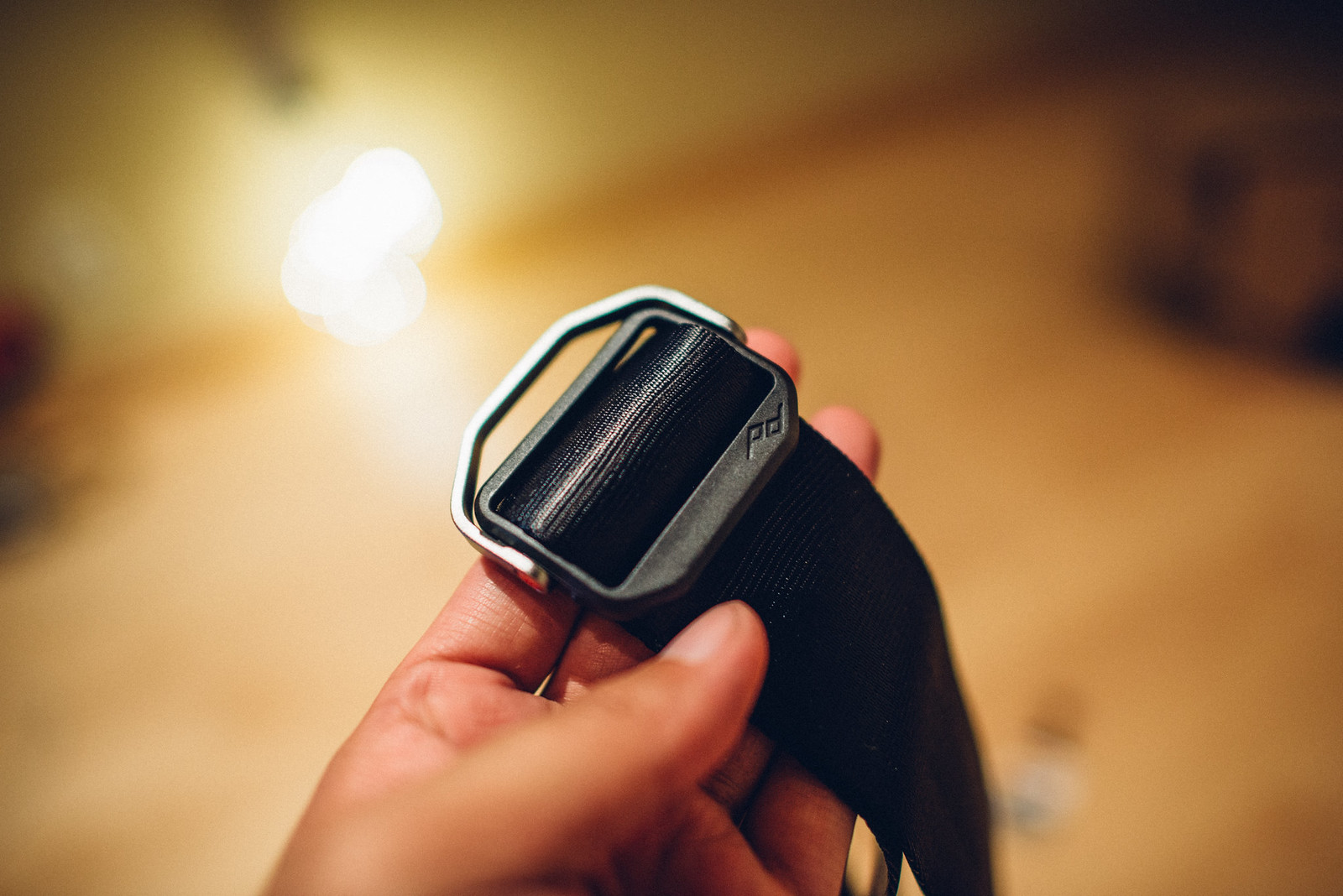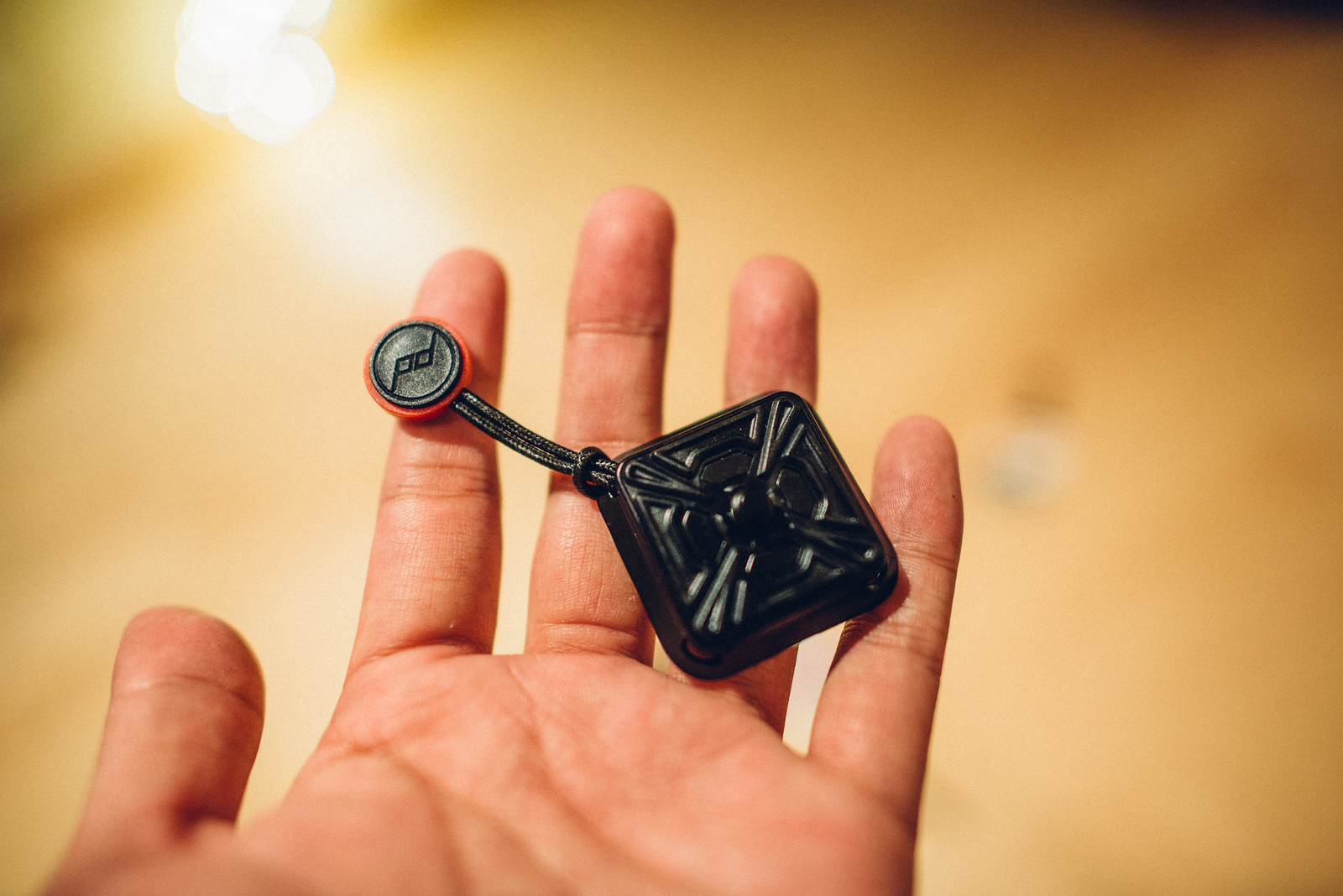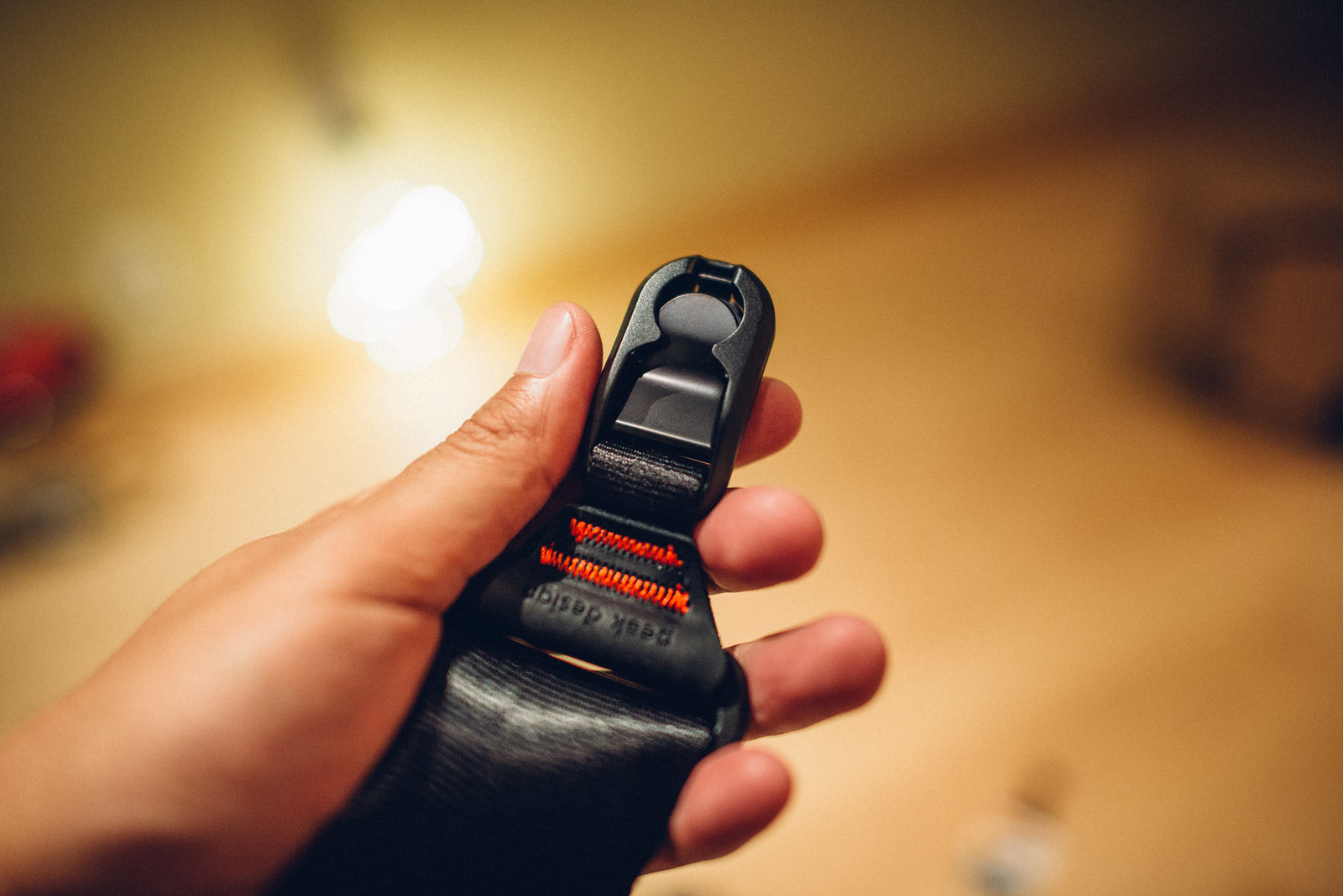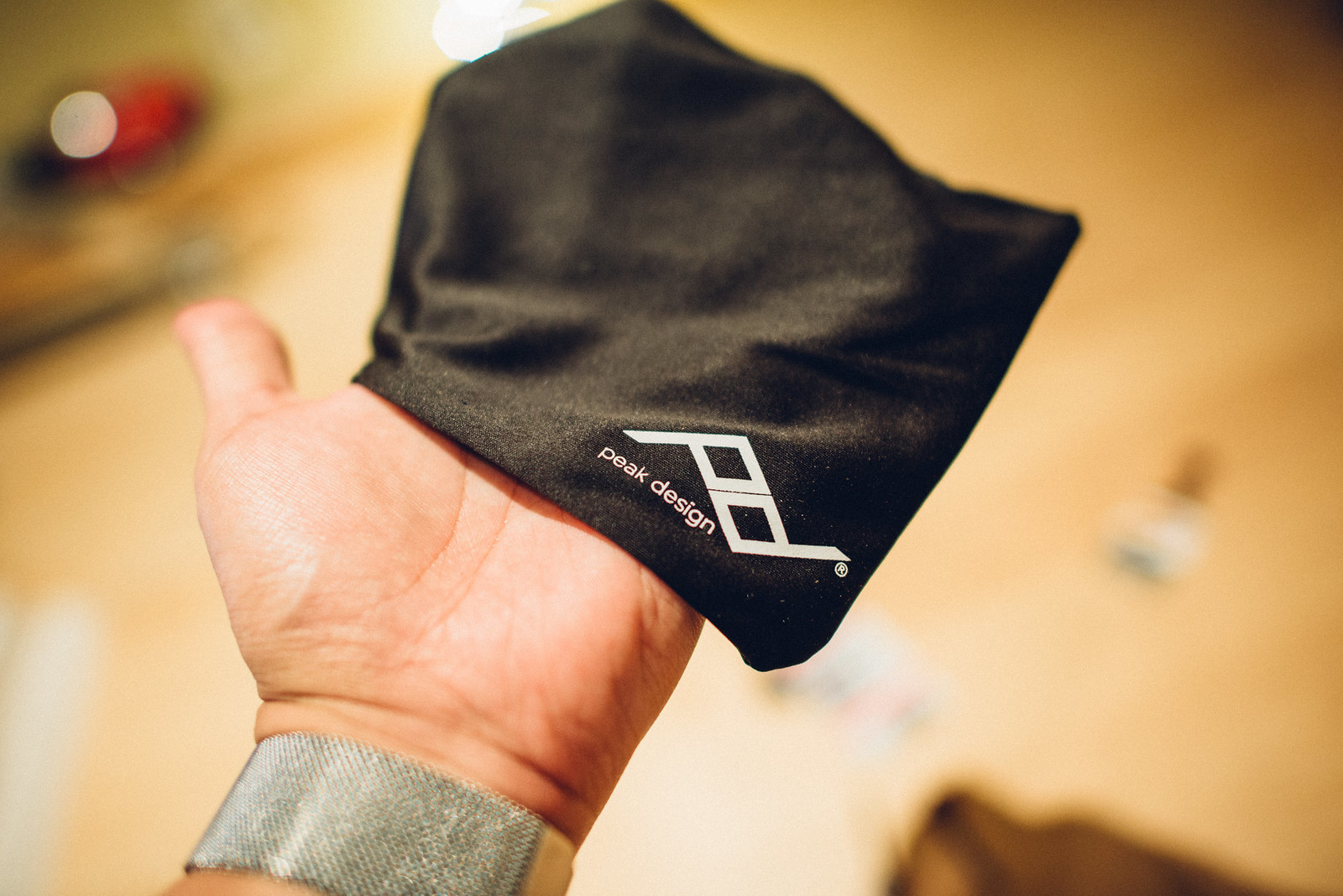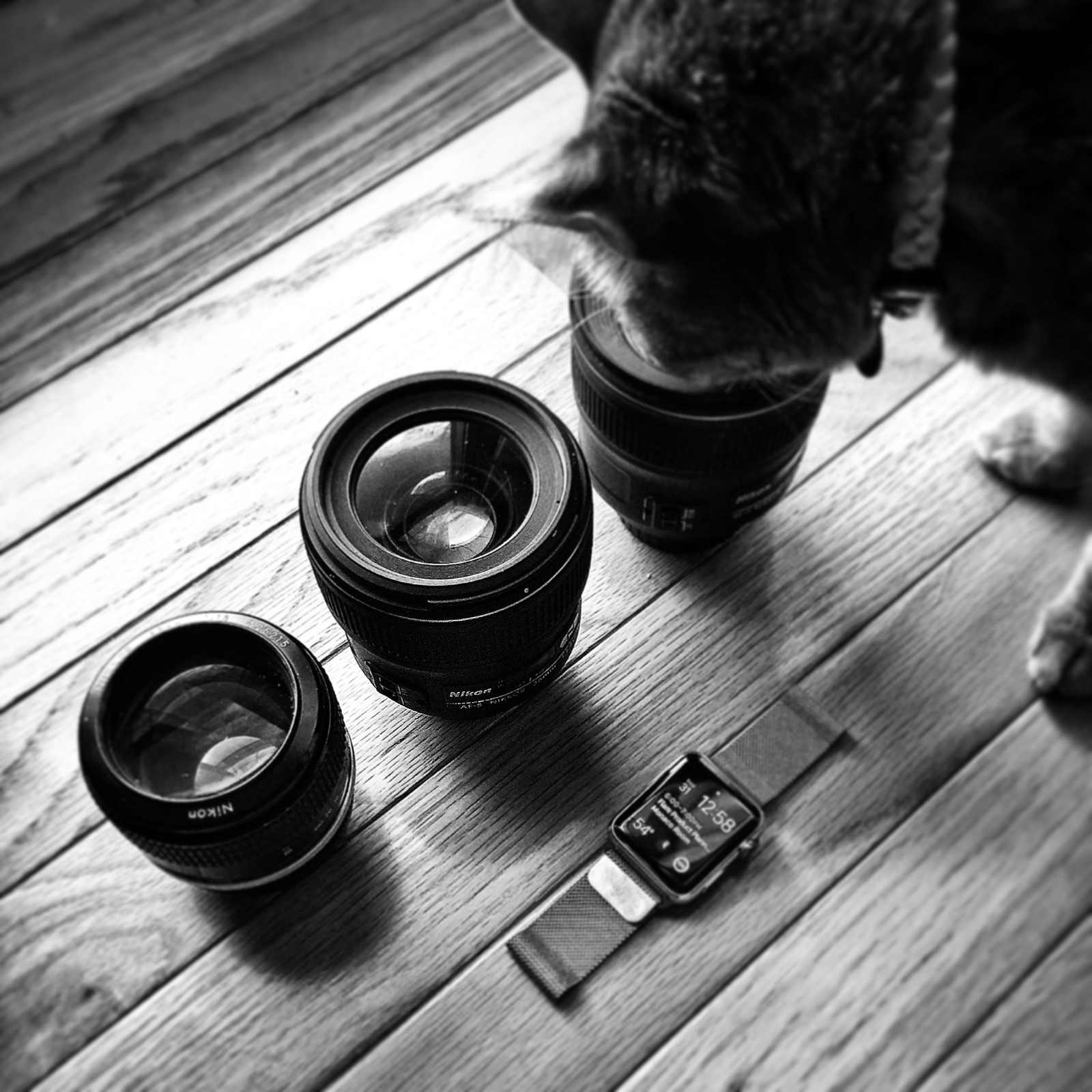
One of the viewers of my blog left a message on my about page recently asking about photography.
Hello, been following your blog lately. You are getting good at photography. Could you advise me on how to get started? What camera would you recommend for a newbie? Do you have maybe a few techniques to share or any books/blogs you’d recommend? I love your designs as well.
So first off, thanks for reading my blog and checking out my photos. I could talk about this stuff all day, but here the highlights…
Getting Started with Photography
The new mobile phones have really improved their cameras. I’ve seen some really incredible photos taken with iPhones—they excel at landscapes, macro and panoramas.
There are a ton of apps that can help you with editing the photo. Here’s a good article that’ll get you started by one of my fellow comrades at Spot.
In general, an iPhone provides you a focal length of about 28mm. It’s a wide angle, and you’ll need to be creative. Also, it’s not going to be really limited in low light environments… but, that’s where you need creativity. I’d focus on composition (rule of 3rd’s) and using available light (magic hour). The rule of thumb to follow is to get closer if your photos are kinda blah.
Camera and Gear
So, this is a rabbit hole that you can go down. I have a very strong perspective about this—less is more. Most photographers tell beginners to start using the kit zoom lens (the lens that comes with most DSLRs), but I’d avoid it. I’d focus on getting one fast prime lens—something like a 35mm or 50mm f1.8 would a starting point. I would weight towards a 35mm since it’s more versatile. If you can swing for a 35mm f1.4, do it—That way you can shoot in the dark handheld. ^_^
As for a body, I’d go for something compact. If money wasn’t an issue, I’d go for a Sony A7RII. And if you want to go really crazy, go for a Leica.
If you’re like me, go for something used. I shoot with a Nikon D600. I tried to spend the least amount for a body—your money is best spent on good glass. You can check out my old post about camera shopping tips here. The new Fuji APS-C cameras are pretty bad ass. One of my roommates has one, and they’re really fun to use. I love the compact retro feel. If you love your camera, you’ll use it more. ^_^
Just remember, start with less gear. Stick with one lens and focus on composition, lighting and a theme. The less you have, the more creative you’ll become.
Recommended Sites
You can learn a lot about gear by checking out the EXIF information in a photograph. It’s the meta information that’s captured in all photos. You can usually download a picture and check out the EXIF info; however, I like going to sites like 500px and Flickr and clicking on a photo’s details. As you favorite and bookmark photos, you’ll start seeing a pattern emerge of specific styles, genres and gear people are using.
I also spend a bunch of time on fstoppers.com. They have some great articles about gear.
Post Processing
Focus on making sure your original photo is the best it can be. Slow down and focus on better composition, lighting, etc. Once you have your photos, you want to narrow them down to the best. My recommendation would be to get Adobe Lightroom and grab some free presets. VSCO has some really good ones and you can download them here. To get a film look, you’ll want to shoot RAW and maximize on the dynamic range. Post processing is a topic in itself. If you’re up for the challenge, start with making all your photos black and white.
Summary
Here’s my current gear featured on Kit.

Current Photography Kit
This is my gear. I typically only lug around one lens.
kit by @jeffwongdesign

MORE ON

